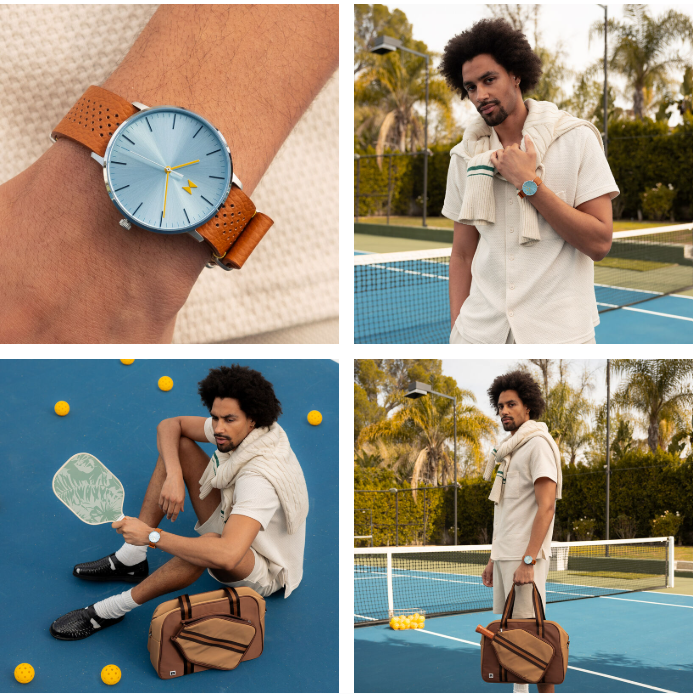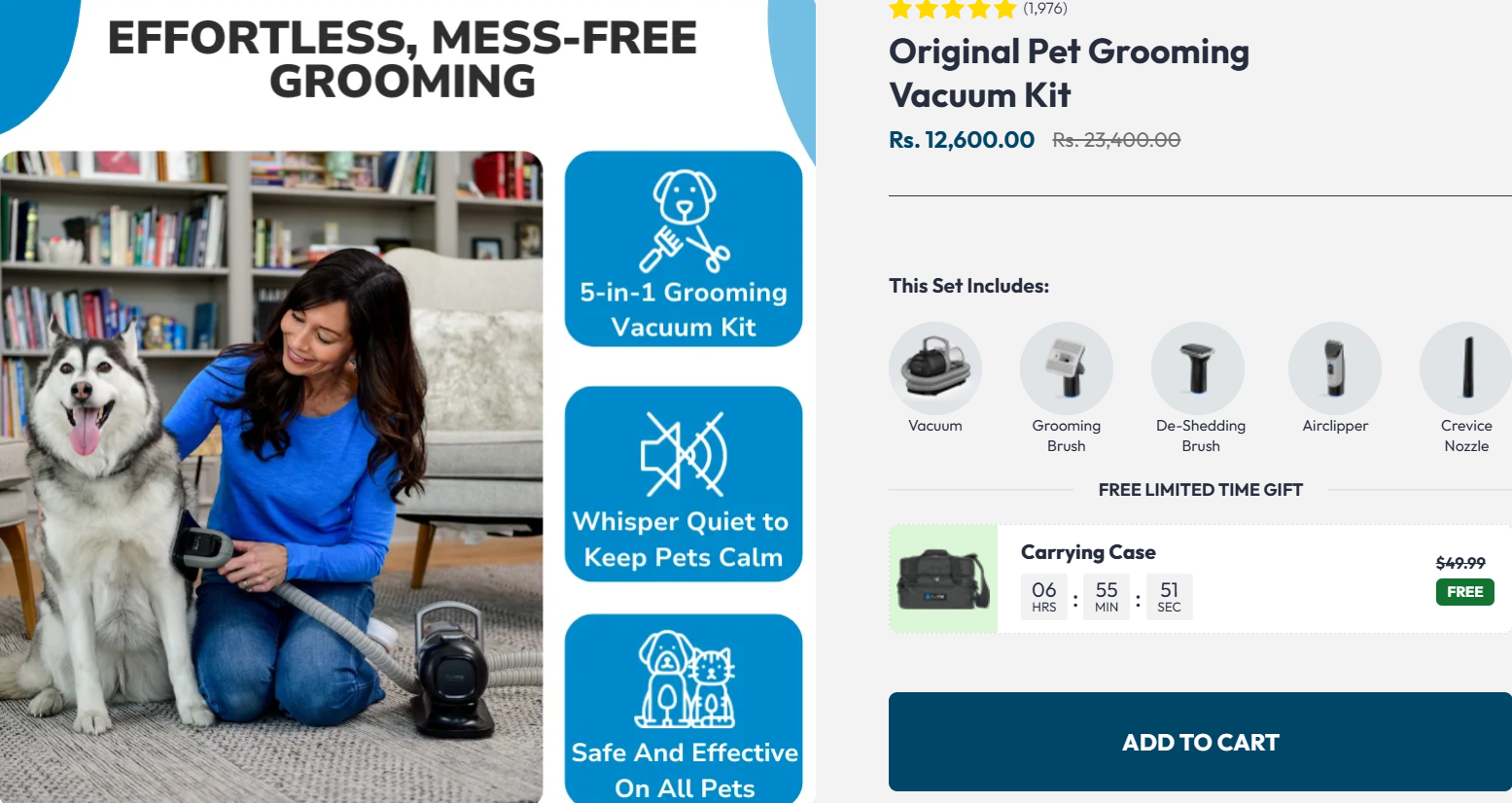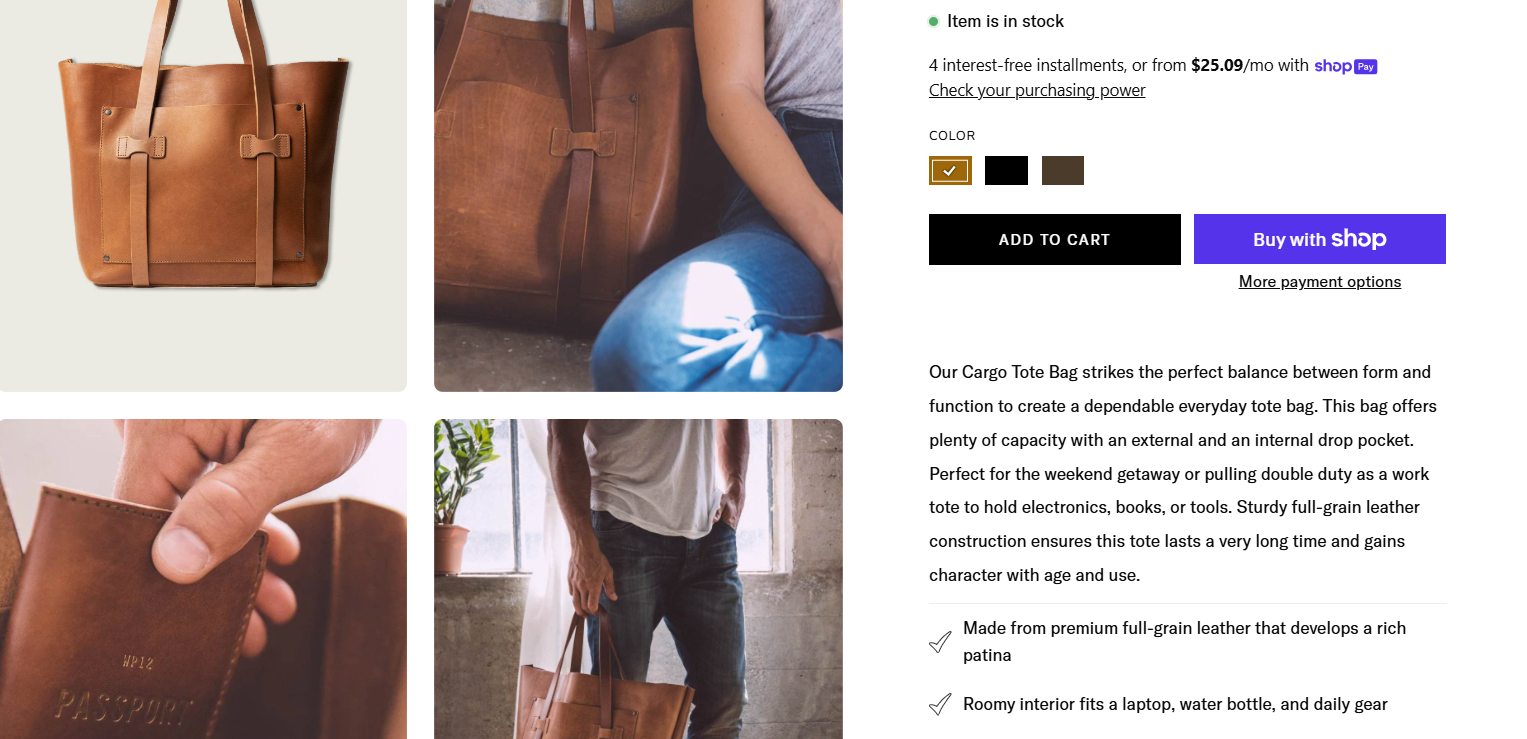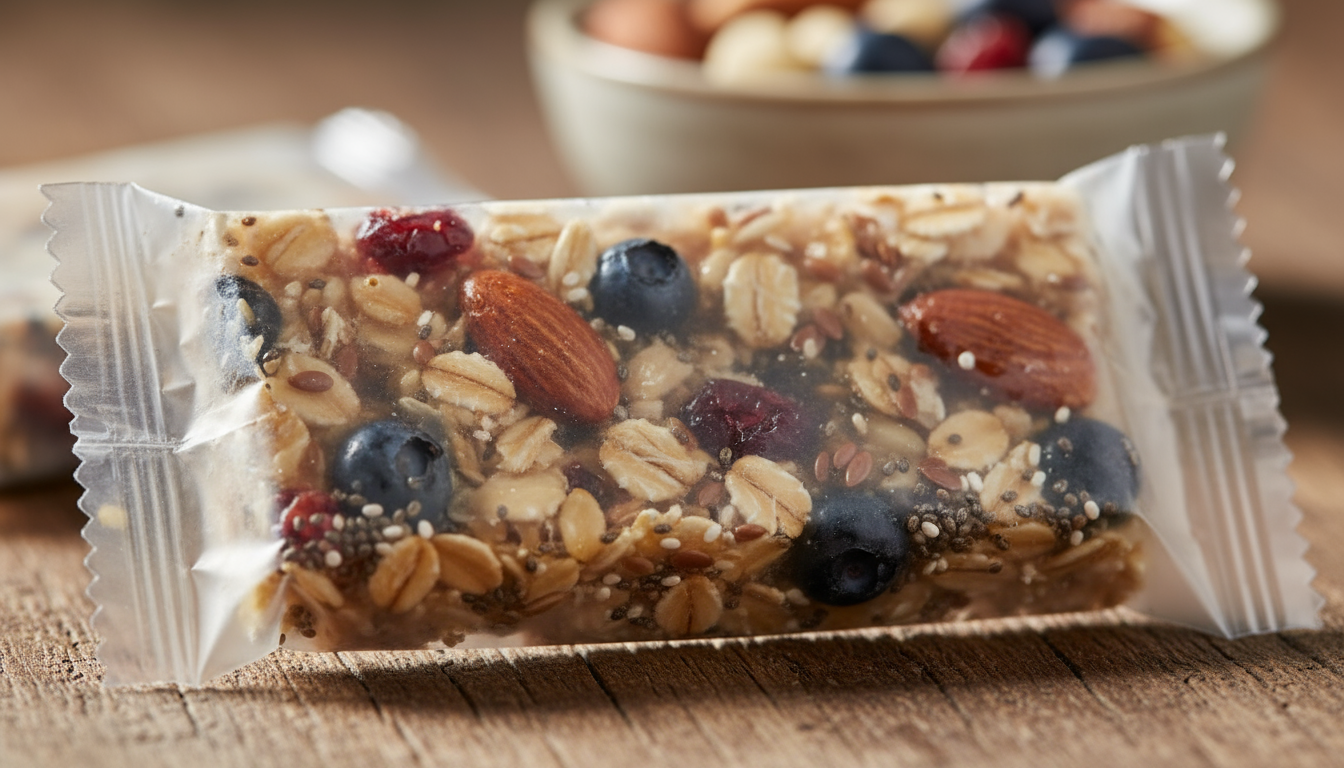When shoppers glance at sharp, vibrant, lifestyle-rich product images like this, it immediately sparks interest — bridging the gap between browsing and buying.

MVMT, a leading DTC watch brand, has built its reputation on such visuals. Their photography tells stories of quality and style through detailed, appealing images and contextual lifestyle shots aligned with audience aspirations. This quality drives trust and fuels sales.
For many DTC brands, especially small and growing ones, consistently producing images of this caliber is tough. Traditional photography demands costly studios, specialized skills, models, and hours of editing. Expanding inventories and marketing campaigns only magnify the challenge.
That’s where AI product photography steps in. It enables brands to create high-quality, on-brand visuals in minutes — without the heavy logistics or costs. With over 34 million AI-generated images produced daily and 57% of small businesses already using AI in marketing, this shift isn’t a trend — it’s the new creative standard.
This blog will delve into the critical role images play in DTC ecommerce, outline the challenges brands face, demonstrate how AI can address them, provide actionable dos and don’ts, and introduce a straightforward way to integrate AI-powered image creation into your brand’s workflow without unnecessary complexity.
Why Product Photography Is So Important for DTC ecommerce
In online-only retail, product photos are the first and most frequent brand touchpoint with customers. Since buyers cannot physically inspect or test products, product images carry the full weight of conveying quality, fit, and emotional appeal. Research shows that 67% of customers consider image quality a decisive factor in selecting products online, underscoring the importance of well-crafted visuals for e-commerce success.
More powerful are the lifestyle images, which show products in real-world scenarios—whether it’s a jogging shoe in motion or a kitchen gadget in use. These photos help shoppers visualize the product as part of their life, increasing engagement, reducing hesitation, and decreasing return rates.
For DTC brands competing in fierce online markets, consistent and emotionally resonant product images are fundamental to building a professional brand and fostering loyalty.
Challenges Faced by Growing DTC Brands in Product Photography
Despite their importance, many small and midsize DTC brands struggle with:
- High costs involved in renting studios, hiring models, and employing professional photographers.
- Difficulty keeping consistent lighting, style, and quality across expanding product catalogues and marketing campaigns.
- Lack of in-house expertise for photography and image editing.
- Managing fast content creation cycles to meet the demands of new product launches and seasonal promotions.
These challenges often create process bottlenecks for teams wearing many hats, impacting brand image and revenue potential. AI for streamlining these workflows is becoming vital to enhance creative flexibility and operational speed.
How AI Is Boosting Product Photography for DTC Brands
AI-powered platforms like Yarnit enable DTC brands to overcome traditional limitations by automating product image creation with minimal input. A single upload can yield multiple, styled lifestyle and product images aligned with your brand without manual editing or costly shoots.
Yarnit’s Dreambrush technology maintains brand consistency across large inventories and campaigns, ensuring every image adheres to your style, color codes, and mood themes. AI sharpens the creative process, enabling marketers to test new concepts quickly, respond to market trends, and refresh visuals efficiently.
This approach drastically reduces the time and costs involved in traditional product photography workflows, making professional imagery accessible to brands of all sizes.
Dos and Don’ts for Creating Effective DTC Product Images
Dos
1. Show Multiple Angles and Close-Ups:
Provide 6-8 images per product covering all significant details and perspectives. This transparency builds buyer confidence and reduces returns.
Tatly, a popular wearable tattoo brand, excels at this by showcasing tattoos on different parts of the body—such as the fingers, the back of the hand, and the face. They include close-up shots highlighting the tattoo’s intricate design, as well as images showing how it appears at natural viewing distances. This thorough coverage helps customers visualize placement, size, and detail, making it easier to decide on a purchase.

2. Use Genuine Lifestyle Images: Show products in real-life settings relevant to your customer base. For example, Furme, a pet grooming vacuum kit brand, effectively uses lifestyle images showing the grooming kit in action on pets, helping customers visualize practical use and benefits in everyday scenarios. This real-world imagery builds trust and connection, making the product relatable and enhancing buyer confidence.

Furme, a pet grooming vacuum kit brand
3. Maintain Consistent Lighting and Styling: Apply uniform lighting schemes and neutral backgrounds that reinforce brand identity and improve product comparability.
For example: WP Standard’s product pages, like their Cargo Tote, use soft, warm lighting with minimal shadows and consistent neutral backgrounds. This creates a warm, premium feel while keeping the focus on the bags’ quality and craftsmanship. The consistent presentation allows shoppers to compare different bags without distraction, reinforcing trust and professionalism.

4. Optimize for Mobile Experiences: Ensure images are high resolution but optimized to load quickly on smartphones, including zoom functionality.
5. Make use of User-Generated Content (UGC): Authentic customer photos amplify brand trust and attract new buyers by showcasing real-world usage.
For example, Colorescience excels at this by featuring genuine product tutorials and reviews from creators and customers. Their use of authentic creators showing how to apply and use products not only educates but significantly enhances brand credibility, making shoppers more confident to buy their products.

Don’ts
1. Don’t settle for dull, contextless backgrounds. For example, instead of a flat white background for perfume, AI can place the bottle on a subtle reflective surface under soft lighting, enriching the luxurious feel.

2. Avoid photos with poor lighting. AI can transform Winter boots in dim light into bright, color-accurate images with a natural snowy background that evokes use-case appeal

3. Skip single-angle shots. Sunglasses benefit hugely from multiple shots showing them worn at the beach or city scenes with varied perspectives.

4. Don’t clutter product images with distracting items. Handbags look most compelling on clean, neutral surfaces and should never compete with messy environments.

5. Over-editing can mislead customers. Snack bars airbrushed excessively lose packaging texture and trustworthiness; natural, detailed lighting retains authenticity.

Each “after” scenario is achievable with carefully tailored AI prompts that reflect your brand's voice and your customers’ expectations.
Integrating AI Product Photography Into Your Workflow
Using Yarnit for product photography integration is simple and effective:
- Upload a base product shot, ideally clean and straightforward.
- Input a prompt detailing your product type, style preferences, audience, and setting—for example, “Men’s watch, urban casual setting, natural afternoon light.”
- Generate multiple AI-enhanced images with varied backgrounds, angles, and moods.
- Choose the best images to upload directly to your Shopify or ecommerce platform.
- Quickly update images for campaigns or seasonal changes with prompt tweaks and re-generation.
For a more detailed stepwise guide on using AI for DTC ecommerce photography, check out Yarnit’s blog “How to Scale Ecommerce Product Photography with AI,” which complements this overview with actionable insights on maximizing AI tools for your brand’s photography needs.
Elevate Your Visual Strategy with Yarnit’s Unified Platform
Product imagery is the foundation of customer trust and conversion in DTC ecommerce. Yarnit combines AI image analysis, keyword research, competitor insights, smart catalog syncing, and creative asset management in one unified platform—eliminating friction and boosting your brand’s visual impact.
This seamless integration removes the need to juggle disconnected tools, streamlining your entire creative and marketing process. Yarnit helps you deliver professional, on-brand product photos and campaign assets efficiently and effectively, powering your DTC growth in a competitive market.
Ready to elevate your DTC ecommerce product images and streamline your marketing workflow? Discover what Yarnit’s AI-powered platform can do for your brand today.




.jpg)




